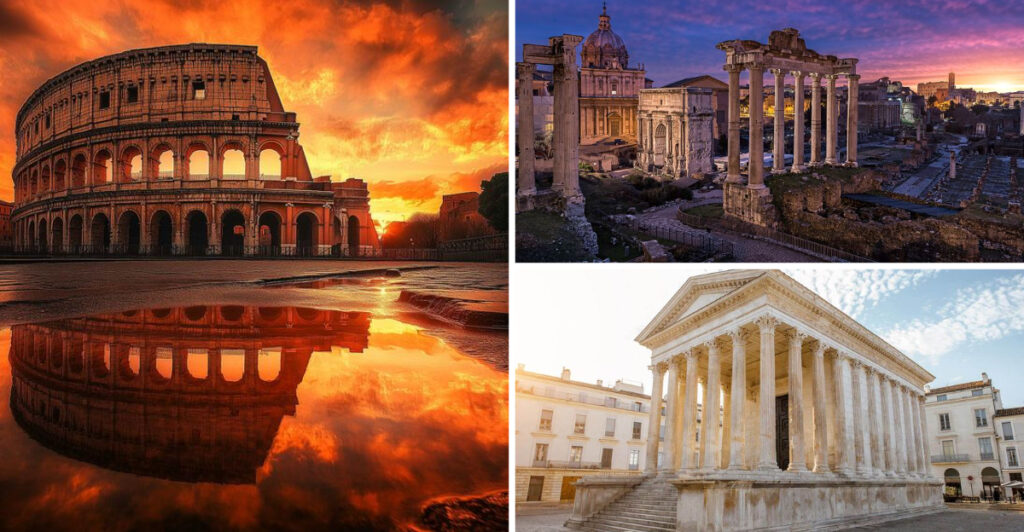Exploring ancient sites can transport you back in time, evoking the grandeur and splendor of a bygone era. These remarkable locations, scattered across the globe, each tell a story of their own, reminiscent of the glorious days of Rome. The following list provides a captivating journey through 20 ancient sites that capture the essence of Roman architecture, culture, and history.
1. The Colosseum
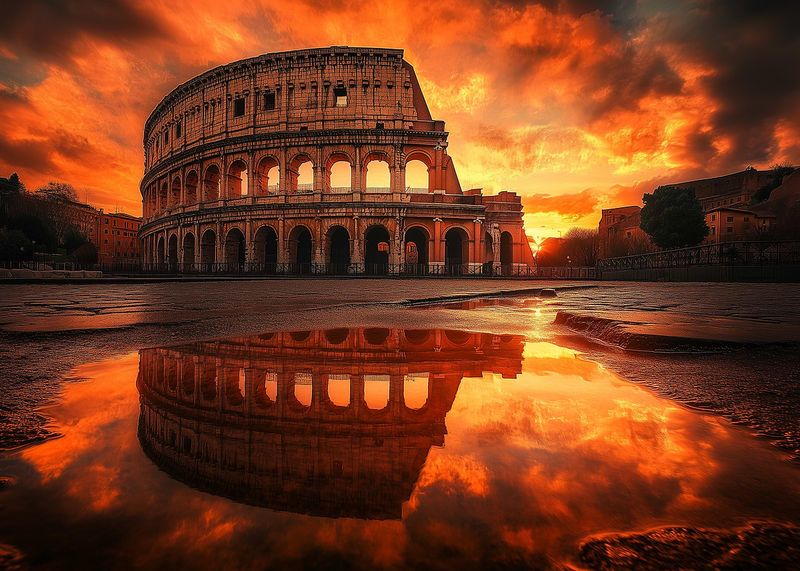
The Colosseum stands as an iconic symbol of ancient Rome. Imagine the roar of the crowd as gladiators battled under the blue sky. This architectural marvel, built of stone and concrete, reflects the engineering ingenuity of the Romans. Visitors can almost hear the echoes of ancient cheers that once filled the air.
As you walk through the ruins, the grandeur of the past comes alive. The sheer size and scale of the Colosseum make it a must-see. Its history is not just about gladiators; it tells stories of emperors and the people of Rome.
2. Pompeii
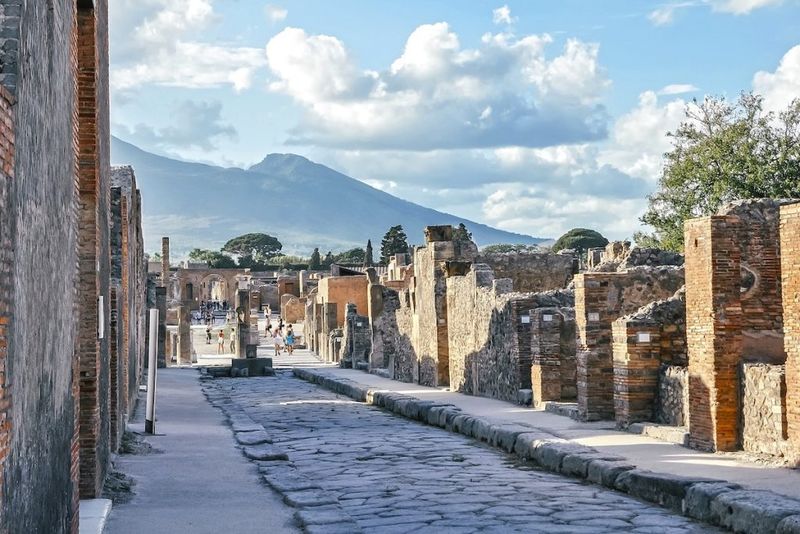
Buried under volcanic ash, Pompeii offers a unique glimpse into Roman life. Wander through streets that seem paused in time. The eruption of Mount Vesuvius in AD 79 preserved a snapshot of daily activities. Homes, shops, and public baths reveal the vibrancy of the community.
Intricate mosaics and frescoes still adorn the walls, providing a vivid picture of Roman art. The silent ruins speak volumes about the past. Strolling through Pompeii, one can almost sense the lives once lived here, an eerie reminder of nature’s power.
3. The Pantheon
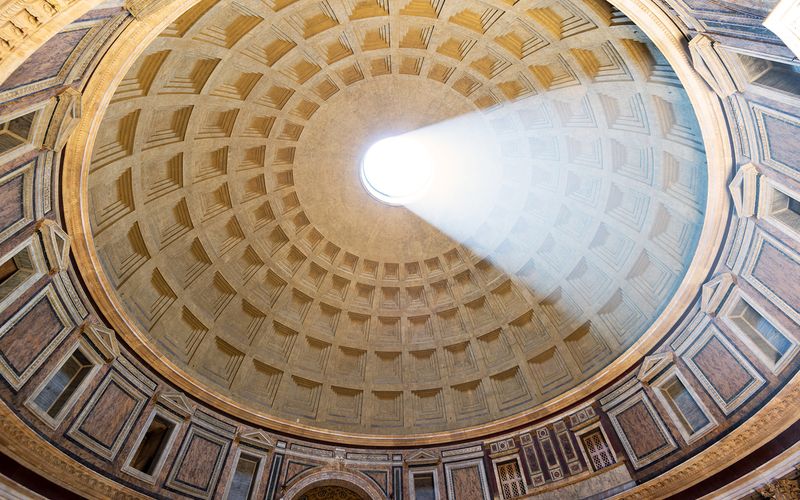
The Pantheon’s dome is a masterpiece of ancient engineering. As you stand beneath its oculus, natural light creates a celestial connection to the heavens. Originally built as a temple for Roman gods, it stands today as a testament to Roman architectural prowess.
The Pantheon’s harmonious proportions and the use of space are awe-inspiring. Its conversion into a church adds layers to its rich history. Visitors are captivated by the serene atmosphere and the timeless beauty encapsulated within its walls.
4. Roman Forum
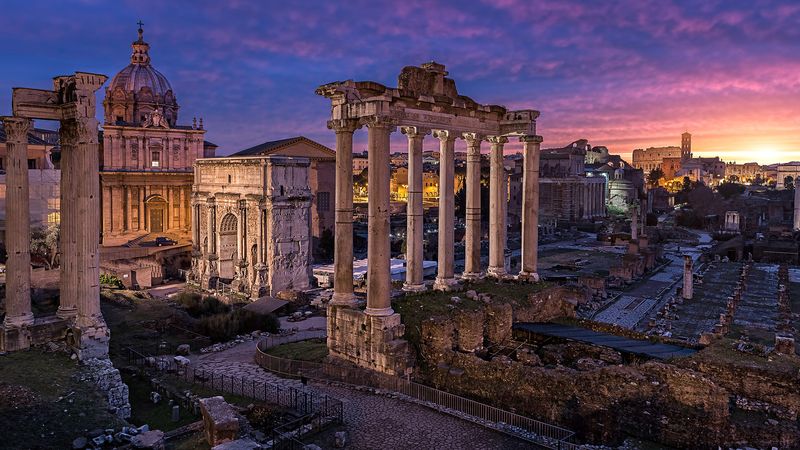
Once the heart of Roman public life, the Roman Forum is a sprawling ruin full of stories. Imagine political debates, religious ceremonies, and bustling markets. Walking through, one can envision the hustle and bustle of ancient Rome.
The forum’s significance as a center for administration, commerce, and worship is palpable. Ancient columns stand as silent witnesses to the past. This area, rich with history, offers a fascinating glimpse into the lives of Roman citizens and their cultural achievements.
5. Hadrian’s Wall

Hadrian’s Wall marks the northern boundary of the Roman Empire. Stretching across the English countryside, it’s a testament to Rome’s military might. Built to keep out the barbarians, it was once manned by Roman soldiers.
Today, the wall’s remains provide a historical path for modern explorers. Its forts and milecastles speak of ancient military strategy and organization. Walking along its length, one can imagine the Roman legions standing guard against the vast, untamed lands beyond.
6. Baths of Caracalla
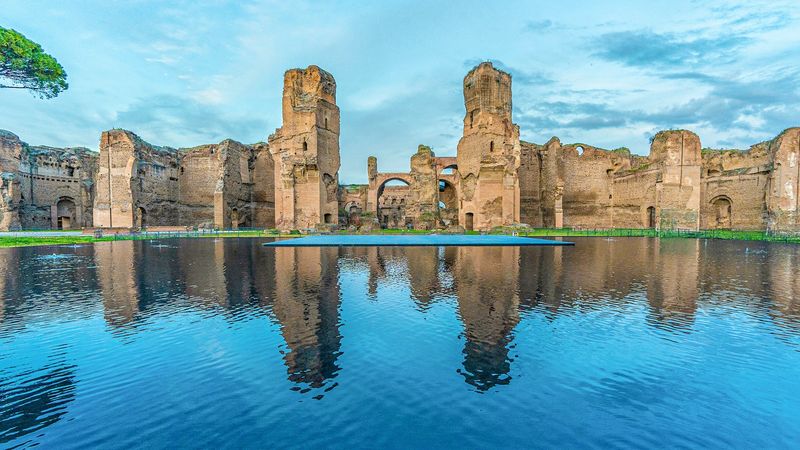
The Baths of Caracalla were more than just a place for bathing. They were a social hub where Romans relaxed and conversed. Imagine the luxurious interiors filled with warm water and steam.
The scale and opulence of the complex are astonishing. Mosaics and statues adorned the interiors, highlighting the artistic achievements of the time. Though now in ruins, the baths evoke the splendor of Roman leisure and public life. Visitors can almost feel the warmth of the water and the echoes of ancient conversations.
7. Ostia Antica
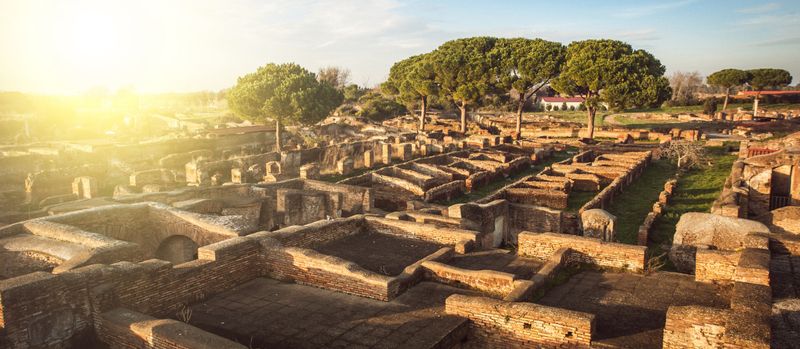
Ostia Antica serves as a window into ancient Roman commerce and daily life. As Rome’s primary port, it was bustling with merchants and traders. The city features remarkably preserved structures, including apartments, warehouses, and temples.
Strolling through Ostia Antica, visitors can visualize the vibrant life of the past. Mosaics and frescoes tell stories of mythology and daily activities. The sense of history is palpable in the air, with every corner revealing more about the Roman way of life.
8. Maison Carrée
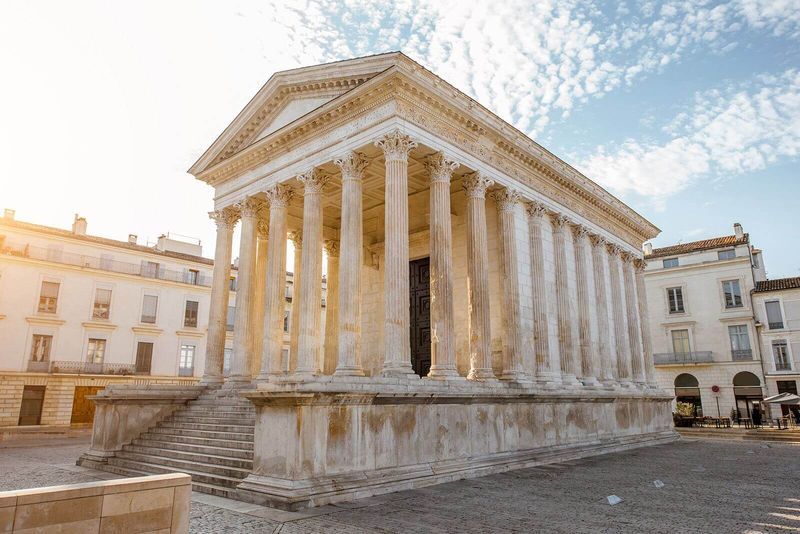
Maison Carrée stands as one of the best-preserved Roman temples. Located in Nîmes, it boasts classical architecture with stunning Corinthian columns. The temple’s design influenced numerous neoclassical buildings worldwide.
The simplicity and elegance of Maison Carrée are captivating. It was originally dedicated to Gaius and Lucius Caesar, heirs of Augustus. Today, it continues to awe visitors with its timeless beauty, offering a glimpse into Roman religious architecture and their cultural reverence.
9. Theatre of Orange

The Theatre of Orange is renowned for its impressive stage wall. This ancient Roman theater in France is remarkably well-preserved. It once hosted grand performances and public gatherings.
The acoustics and architecture reflect the Romans’ love for drama and entertainment. The theater’s grandeur transports visitors to a time when art and culture flourished. Its continued use for concerts and events keeps the spirit of ancient performances alive, bridging past and present.
10. Diocletian’s Palace
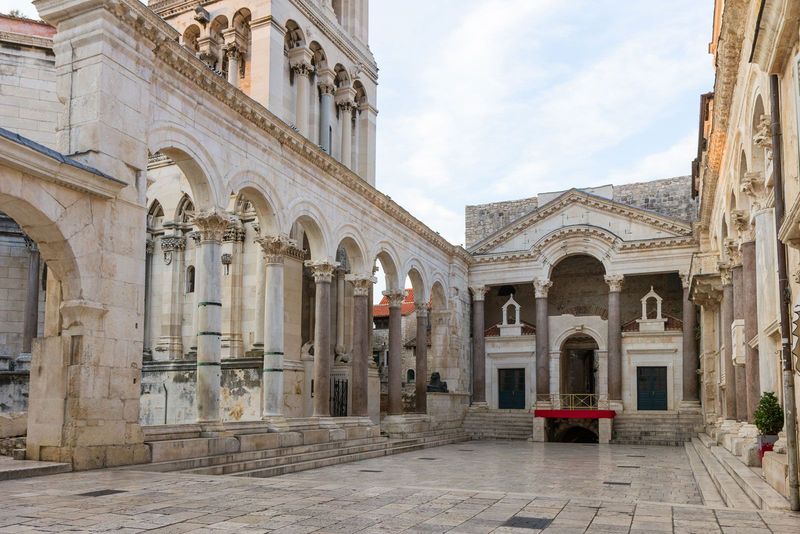
Diocletian’s Palace in Split, Croatia, is more than just a relic of the past. It’s a living monument, blending ancient and modern life. Built as a retirement residence for the Roman Emperor Diocletian, it showcases the opulence of Roman architecture.
The palace complex includes temples, courtyards, and living quarters. Walking through its labyrinthine streets, one feels the echoes of history mingling with vibrant modern life. The palace is a testament to Roman imperial grandeur and its lasting influence.
11. Leptis Magna
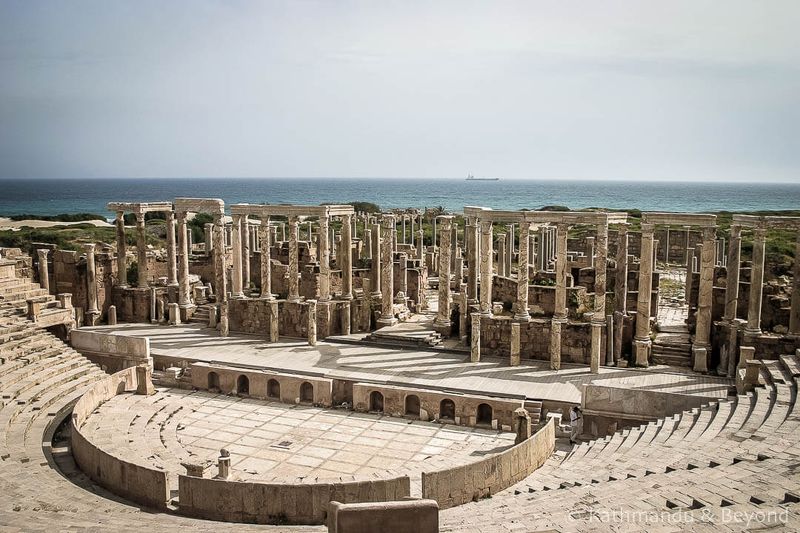
Leptis Magna is a jewel of Roman North Africa. This ancient city in Libya boasts extraordinary ruins, reflecting the grandeur of Roman urban planning. It was a thriving metropolis with bustling markets and grand public buildings.
The Arch of Septimius Severus, an impressive structure, welcomes visitors. The city’s streets, theaters, and baths speak to its historical significance. Wandering through Leptis Magna, one can almost hear the bustling crowd and feel the vibrancy of a once-great city.
12. Temple of Hephaestus
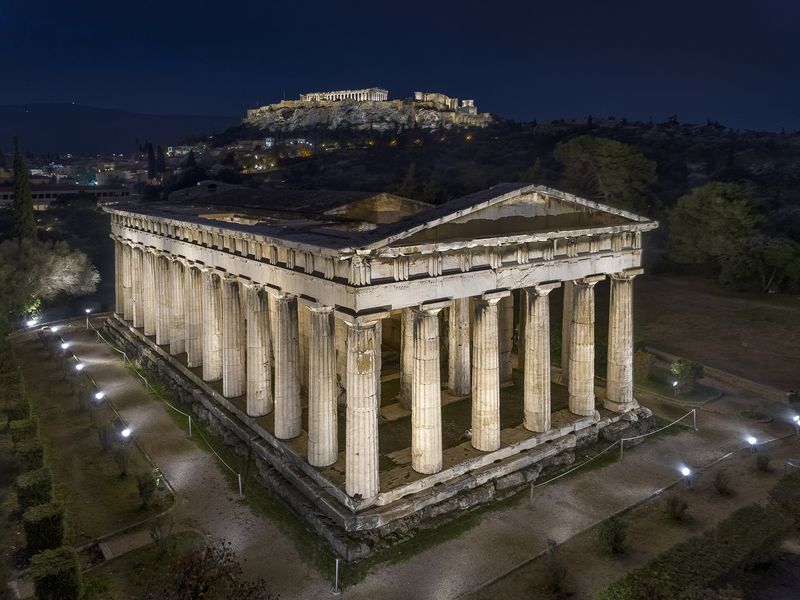
The Temple of Hephaestus is a well-preserved Greek temple in Athens. Dedicated to the god of craftsmanship, it stands majestically on a hilltop. Its Doric columns and marble structure highlight ancient Greek architectural prowess.
Surrounded by lush gardens, it offers a serene escape from the bustling city. The temple’s enduring beauty and cultural significance are undeniable. It remains a testament to ancient Greek religion and their devotion to the arts and culture.
13. Ephesus
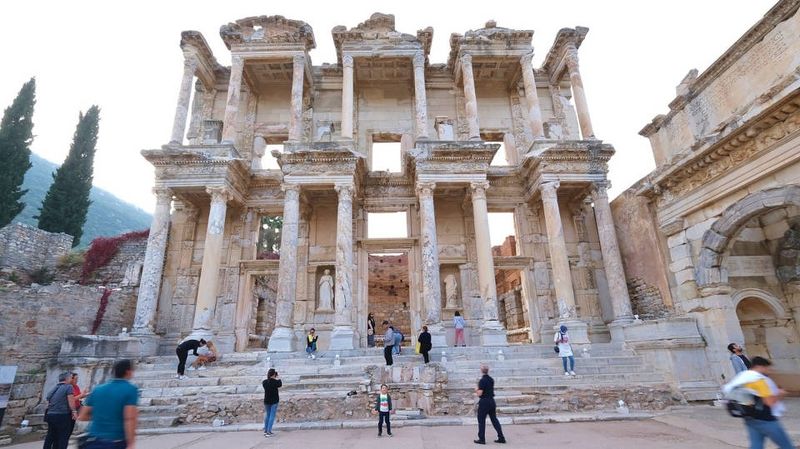
Ephesus, located in modern-day Turkey, was a major Roman city. Its well-preserved ruins reveal the splendor of Roman urban life. Highlights include the Library of Celsus and the grand amphitheater.
Walking along its marble streets, one can imagine the vibrant life that once thrived here. The blend of Greek and Roman influences is evident in the architecture. Ephesus stands as a symbol of the cultural and historical richness of the ancient world.
14. Petra
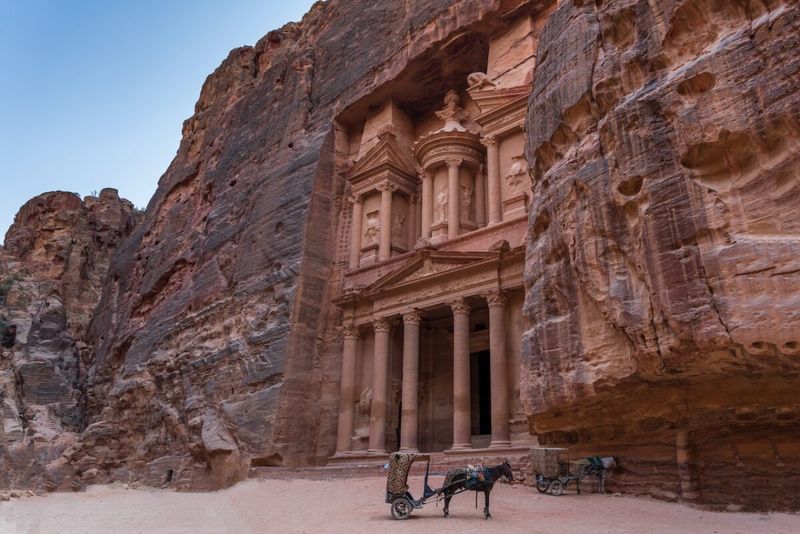
Petra is a mesmerizing city carved into the cliffs of southern Jordan. Its rock-cut architecture and water conduit system are marvels of engineering. Known as the “Rose City,” Petra served as the capital of the Nabataean Kingdom.
The Treasury, an iconic facade, captures the imagination of visitors. Walking through the Siq, a narrow gorge, reveals the hidden beauty of Petra. The city’s blend of natural beauty and human ingenuity makes it an unforgettable destination.
15. The Acropolis
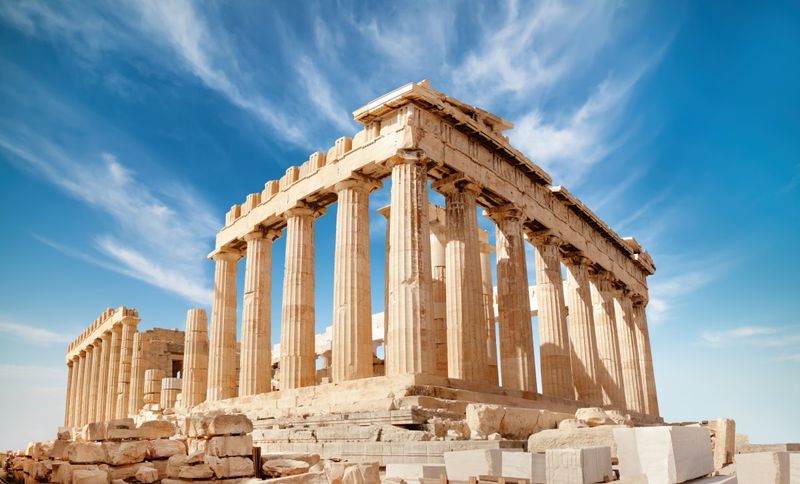
The Acropolis of Athens is a testament to ancient Greek civilization. Perched on a hill, it overlooks the city, crowned by the Parthenon. This citadel symbolizes the cultural and political achievements of ancient Greece.
The temples and structures atop the Acropolis showcase the artistry and innovation of their creators. Visitors are transported to a time of philosophers and democracy. The breathtaking views and historical significance make the Acropolis a must-visit site.
16. Segovia Aqueduct

The Segovia Aqueduct stands as a marvel of Roman engineering. Constructed without mortar, its precision and durability are astounding. It once transported water to the city, a vital resource for Roman life.
The aqueduct’s arches dominate the landscape, a reminder of Rome’s architectural genius. Its preservation is a testament to its robust construction. Visitors to Segovia can admire this iconic structure, a bridge between the past and present.
17. Timgad
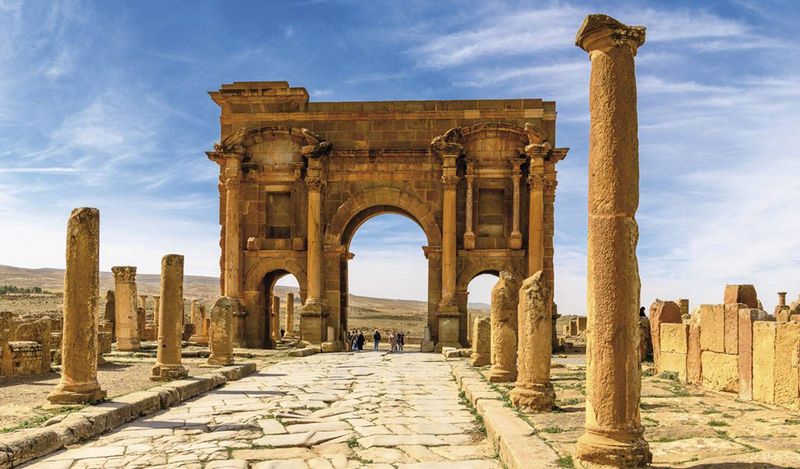
Timgad, a Roman colonial town in Algeria, is an archaeological gem. Its grid plan exemplifies Roman urban design. The city thrived with public baths, theaters, and triumphant arches.
The Arch of Trajan is particularly striking, welcoming visitors to explore the ruins. Timgad’s well-preserved streets reveal the daily life of its inhabitants. The city remains a window into the past, showcasing the reach of the Roman Empire in Africa.
18. Jerash
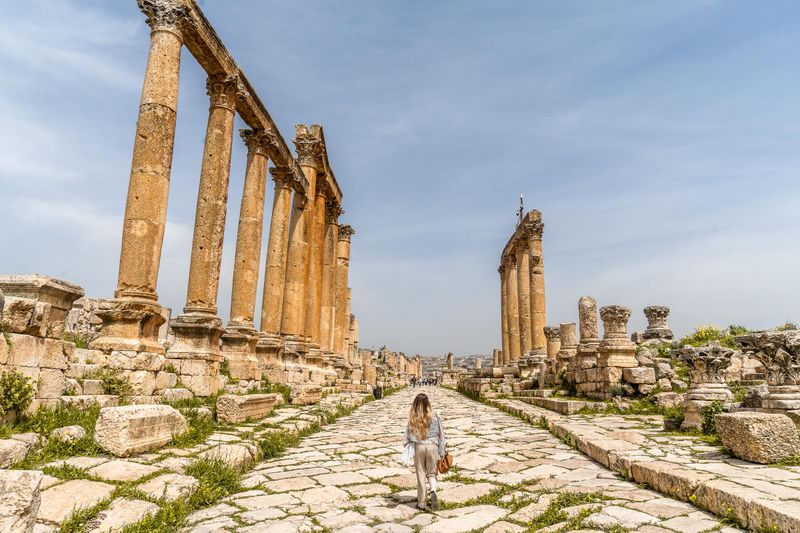
Jerash is one of the best-preserved Roman cities outside Italy. Located in Jordan, its colonnaded streets and grand structures are impressive. The city thrived under Roman rule, evident in its theaters and temples.
The Oval Forum, with its unique shape, stands out as a focal point. Walking through Jerash, one feels the pulse of ancient urban life. The city’s preservation offers an immersive experience into Roman history and culture.
19. Baalbek
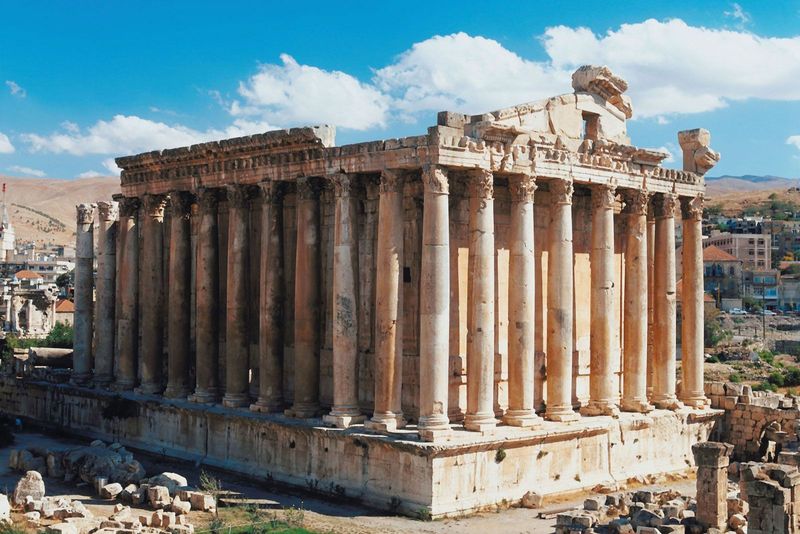
Baalbek is home to some of the largest Roman temple ruins. Located in Lebanon, it boasts colossal structures like the Temple of Bacchus. The intricacy of the carvings and the scale of the columns are awe-inspiring.
The site’s historical and religious significance is profound. Baalbek served as a center for worship and pilgrimage. Its grandiosity reflects the architectural and cultural achievements of the Roman era.
20. Volubilis
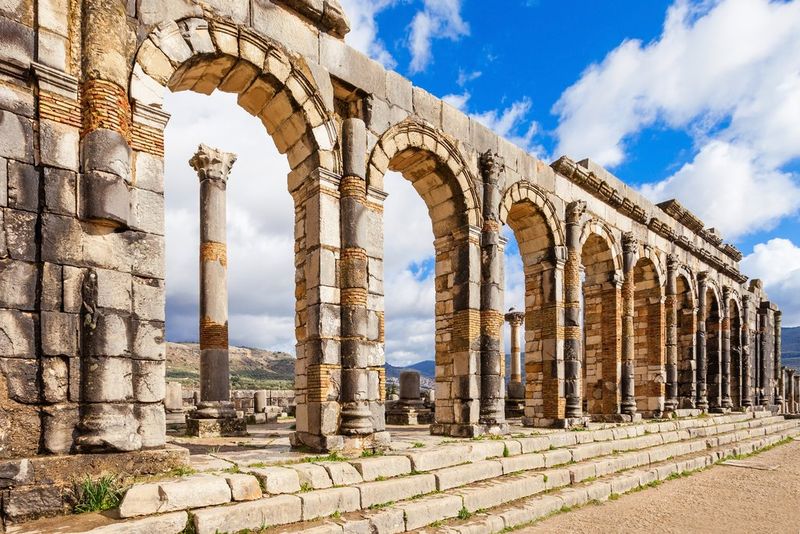
Volubilis, nestled in Morocco, was a thriving Roman city. Its ruins include stunning mosaic floors and impressive arches. The city’s prosperity is evident in its public buildings and homes.
Visitors can explore the Basilica, the triumphal arch, and residential areas. The mosaics depict scenes from mythology, adding color to the stone landscape. Volubilis offers a glimpse into Roman life on the edge of the Empire.

